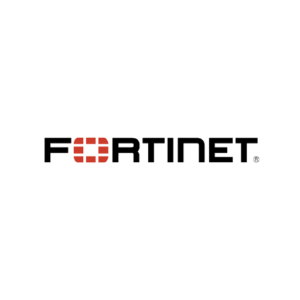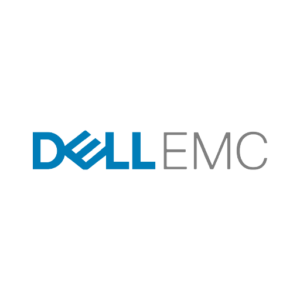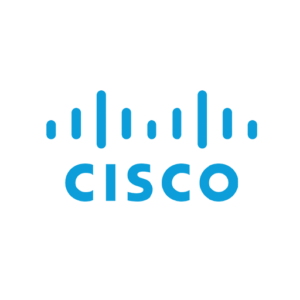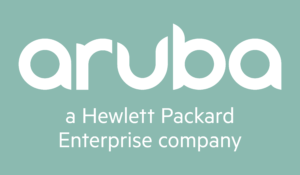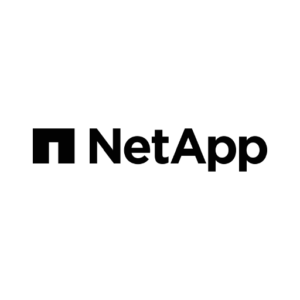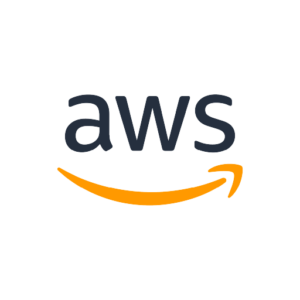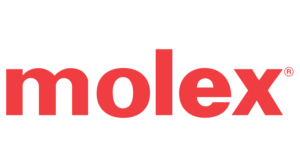Simplify and Optimize Networking Experiences for the Hybrid Workforce and Cloud Workloads
As we accelerate into an era of hybrid work—defined by a distributed workforce and decentralized infrastructure—we are all navigating our individual journeys to the cloud. Many business-critical applications are already moving from on-premises data centers to hybrid Data Center and Cloud to Cloud Native to provide scalability, rapid development, and a distributed architecture for high availability. However, considering global security and privacy prerequisites, on-premises workloads will continue to be critical. In fact, more than half of our customers are moving workloads and data between on-premises and public cloud environments weekly. To successfully navigate the journey to hybrid work and computing, IT must confront a multitude of interconnected challenges to co-exist with hybrid cloud for the foreseeable future:
- connecting and securing hybrid environments
- maintaining high availability of applications
- supporting safe hybrid workspaces
- gaining visibility and control as the internet serves as a significant portion of the Enterprise WAN
These capabilities rely on intelligent networks to deliver an optimized experience to customers, partners, and hybrid workforces.
The ongoing move to enabling a hybrid workforce is also driving IT to reconsider how to connect and secure devices and data as people work in shared workspaces throughout campus, in distributed branches, as well as in-home offices. The emphasis, in this case, is on ensuring the optimal application experience no matter where or when people are connecting. That makes enabling deep visibility into the Software-Defined WAN (SD-WAN) and internet service providers a critical path for connecting securely and reliably to cloud and SaaS services.
Cisco is solving for these significant evolutions in networking with extensive visibility and security that make cloud applications and hybrid workforces manageable. Realizing there are multiple stages on the cloud journey—and understanding that each organization’s journey is unique—Cisco’s goal is to support our customers’ secure connectivity needs no matter what stage they are at in their journey.
Manage Your Network Your Way for Optimal Performance
At Cisco Live 2022, we are announcing an evolution in our network management platform that will give IT the ability to monitor and manage the Cisco Catalyst infrastructure from the cloud to future-proof investments in networking devices as organizations make their own journey to the cloud.
For the first phase of this evolution, we are introducing the new Cisco Catalyst 916x Series Wi-Fi 6E Access Points which are capable of booting with either a Meraki or Cisco Catalyst mode. That means a Catalyst 916x Access Point can appear on the network as either a Meraki device or a Cisco DNA Center device, with all the associated monitoring and management capabilities inherent in each platform. IT can choose to implement the best 6E access points on the market today and know that the devices will adapt to either management platform in the future.
In addition to the new 6E access points, the Cisco Catalyst 9000 family of switches—the most widely deployed switches across the world—can also be monitored by the Meraki dashboard today, with a focus on troubleshooting using features such as in-depth switch health details, client information, network topology, and firmware visibility.
Over the next year, Cisco will work to bring additional Catalyst 9000 switching and wireless devices into the Meraki dashboard, providing IT with a clear, flexible path toward cloud management. It’s all part of our strategy to help our customers tackle the most complex enterprise networking challenges however they chose, including cloud-delivered Meraki Dashboard.
For networks based primarily on Cisco Catalyst infrastructure customized for key digital operations, IT can choose to continue using Cisco DNA Center with an on-premises Physical Appliance or the new Virtual Appliance. Cisco DNA Center Virtual Appliance runs as VMware ESXi instances in private data centers or as a virtual machine in public cloud platforms such as AWS. IT can either start with a virtual appliance or add them to an existing Cisco DNA Center appliance to eliminate lengthy compliance and certification checks and automate the deployment of new instances. We are maintaining feature parity for both physical and virtual versions of Cisco DNA Center to ensure consistency in management processes across a distributed enterprise. Even more advanced capabilities are in development for Cisco DNA Center, especially with proactive and preventative analytics using layers of machine learning and AI.
IT can now choose either Meraki dashboard or Cisco DNA Center for the Cisco Catalyst family, providing extensive monitoring and management capabilities while enabling the choice as to where the services are running—on-premises or in the cloud—depending on operational needs, geography, and regional data regulations. For example, financial organizations that require air-gap protection from internet traffic can maintain an on-premises Cisco DNA Center appliance as a preferred implementation. Distributed organizations that need to support high-speed Wi-Fi access at retail outlets, branch offices, or emergency popup sites, can deploy the new Catalyst Wi-Fi 6E Access Points and manage them from the cloud-first Meraki dashboard to simplify remote operations.
